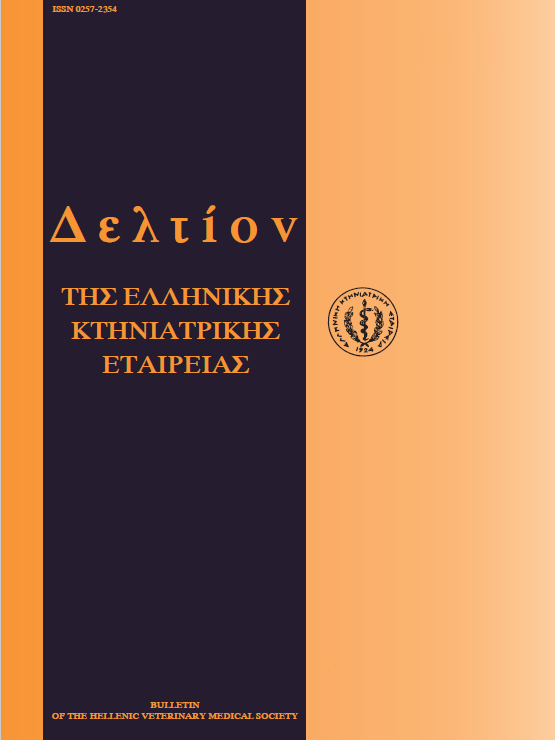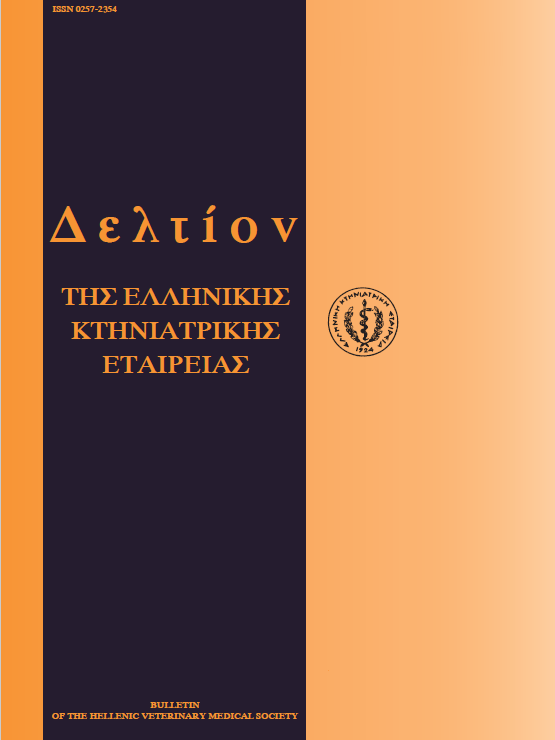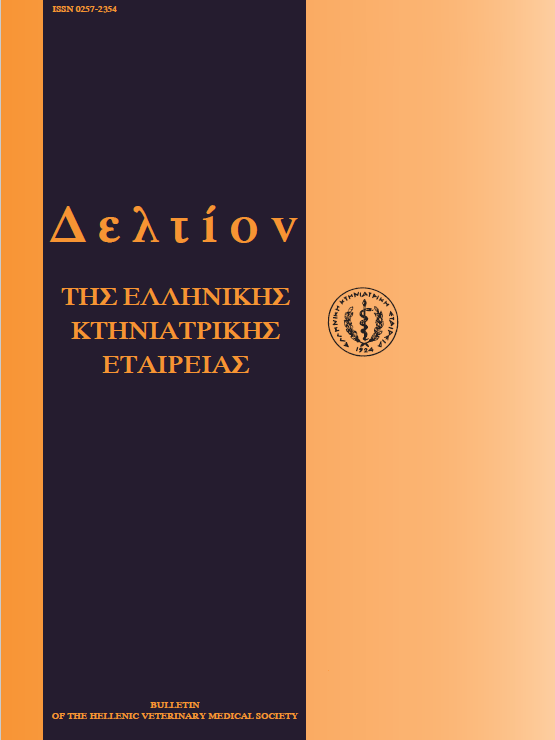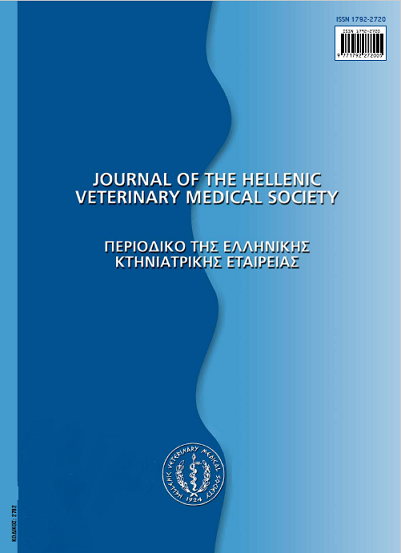Νεότερα δεδομένα πάνω στην ταξινόμηση του Staphylococcus intermedins
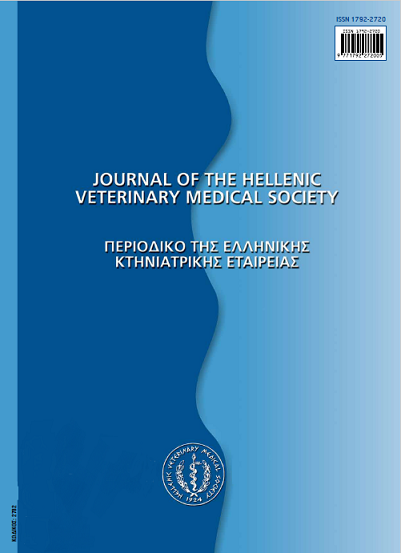
Περίληψη
To 1976, ο Staphylococcus intermedius απομονώθηκε για πρώτη φορά από περιστέρια, σκύλους, λουτρεόλη και άλογα. Μέχρι πρόσφατα, η πλειονότητα των πηκτάση θετικών σταφυλόκοκκων, που απομονώνονταν από ζώα και κυρίως απόσκύλους και γάτες, χαρακτηρίζονταν ως S. intermedius. Ο μικροοργανισμός αποτελεί μέρος της φυσιολογικής χλωρίδας του δέρματος διαφόρων ειδών ζώων, ενώ εμπλέκεται σε λοιμώξεις του σκύλου και της γάτας. Μέχρι σήμερα, εκτός από τον S. aureus,είναι γνωστά 6 είδη σταφυλόκκοκου θετικού στην πηκτάση S. intermedius, S. schleifen subsp. coagulans, S. hyicus, S. lutrae, S.delphini και S. pseudintermedius. Τα τέσσερα είδη, εκτός δηλαδή από τον S. hyicus και τον S. lutrae, παρουσιάζουν ομολογία πάνω από 99% κατά την αλληλοΰχιση του 16S rRNA γονίδιου τους, με αποτέλεσμα να μην είναι εφικτή η διαφοροποίηση τους.Επιπλέον, η βιοχημική διαφοροποίηση των στελεχών S. intermedins, S. delphini και S.pseudintermedius με τα διαθέσιμα εμπορικά κιτ είναι αδύνατη αφοΰ δεν μπορούν να διαφοροποιήσουν τον S. pseudintermedius και τον S. delphini. Έχει αποδειχθεί ότι στελέχη που έχουν ταυτοποιηθει βιοχημικά ως S. intermedins αποτελούν 4 διαφορετικά είδη: S. intermedins, S. pseudintermedius και S.delphini ομάδα A και Β, από τις οποίες η Β πιθανώς να αποτελεί νέο είδος. Το 2009, αναπτύχθηκε μια νέα, γρήγορη, αξιόπιστη και οικονομική PCR-RFLP, που βασίζεται στην ανίχνευση του ptaγονίδιου (με βάρος: 320bp) και είναι ικανή να διακρίνει τα στελέχη που συγκροτούν την ομάδα SIG (Staphylococcus intermedius Group).
Λεπτομέρειες άρθρου
- Πώς να δημιουργήσετε Αναφορές
-
PETRIDOU (Ε. ΠΕΤΡΙΔΟΥ) E., FARMAKI (Ρ. ΦΑΡΜΑΚΗ) R., & KOUTINAS (Α.Φ. ΚΟΥΤΙΝΑΣ) A. F. (2017). Νεότερα δεδομένα πάνω στην ταξινόμηση του Staphylococcus intermedins. Περιοδικό της Ελληνικής Κτηνιατρικής Εταιρείας, 61(1), 57–60. https://doi.org/10.12681/jhvms.14877
- Τεύχος
- Τόμ. 61 Αρ. 1 (2010)
- Ενότητα
- Review Articles
Οι συγγραφείς των άρθρων που δημοσιεύονται στο περιοδικό διατηρούν τα δικαιώματα πνευματικής ιδιοκτησίας επί των άρθρων τους, δίνοντας στο περιοδικό το δικαίωμα της πρώτης δημοσίευσης.
Άρθρα που δημοσιεύονται στο περιοδικό διατίθενται με άδεια Creative Commons 4.0 Non Commercial και σύμφωνα με την άδεια μπορούν να χρησιμοποιούνται ελεύθερα, με αναφορά στο/στη συγγραφέα και στην πρώτη δημοσίευση για μη κερδοσκοπικούς σκοπούς.
Οι συγγραφείς μπορούν να καταθέσουν το άρθρο σε ιδρυματικό ή άλλο αποθετήριο ή/και να το δημοσιεύσουν σε άλλη έκδοση, με υποχρεωτική την αναφορά πρώτης δημοσίευσης στο J Hellenic Vet Med Soc
Οι συγγραφείς ενθαρρύνονται να καταθέσουν σε αποθετήριο ή να δημοσιεύσουν την εργασία τους στο διαδίκτυο πριν ή κατά τη διαδικασία υποβολής και αξιολόγησής της.





